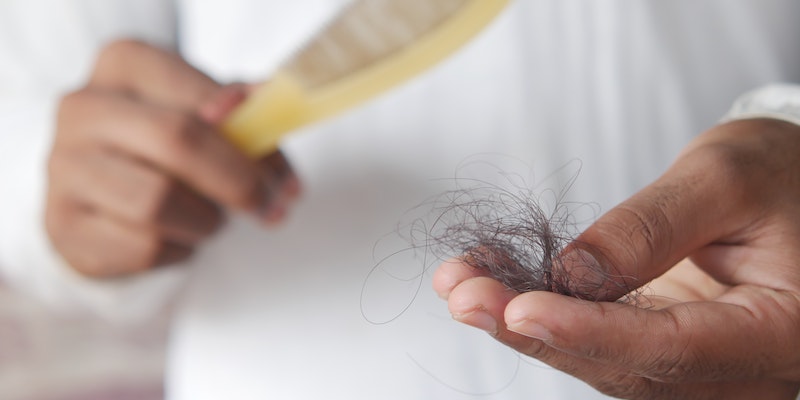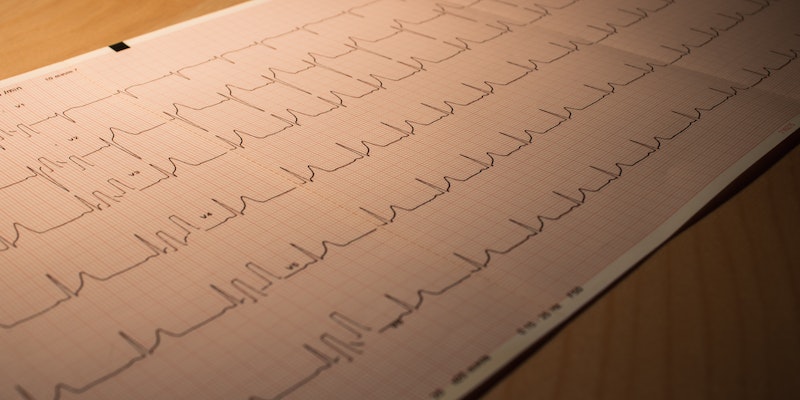Understanding Testosterone and Its Functions
Oct 01, 2023
Testosterone production happens in the testicles. Like many other species, humans also produce the hormone testosterone. Testosterone is also present in women via their ovaries but at considerably lower levels. Testosterone is essential for creating healthy sperm and is commonly related to arousal in the sex drive, even the generation of red blood cells in males.
Testosterone is responsible for the maturation of masculine sexual traits. Women also produce more minor levels of testosterone.
Aside from regulating sperm production, testosterone influences various other activities in males. For example:
- Sexual desire
- Muscle mass in the bones
- Dispersion of Body Fat
- Muscle mass and power
- Creation of erythrocytes
Functions of Testosterone
Functions in fetal development
During embryonic development, testosterone stimulates the growth of the male reproductive system. The sex-related Y chromosome gene triggers the development of the testicles in male newborns at roughly week seven of gestation. Testosterone is produced in the testicles. At various points in development, testosterone is responsible for many things, like
- Prenatal growth.
- Adulthood.
- Fetal growth and testosterone.
Functions in puberty
Testosterone levels maintain many characteristics associated with puberty, like
- An elevation in stature.
- Body and pubic hair development.
- A growth in the size of their penis, testicles, and prostate.
- Boosting desire for sexual activity.
- Male genitalia and testosterone determine gender at birth.
Physical Functions
Androgens, including testosterone, cause the following physical changes in young men when they enter puberty:
- The maturation of sperm and sperm sacks
- Vocal deepening
- Body and facial hair
- The Making of Sperm
- Spikes in Height
- Mass of Muscles
Female gender determination and testosterone in adulthood
In people genetically predisposed to feminine sexuality, testosterone can increase desire. However, the ovaries convert most testosterone into estradiol, the principal female sex hormone.
Low-level Testosterone

Testosterone, predominantly recognized as a male sex hormone, is also found in women, albeit in smaller quantities. As individuals age, variations in hormone levels are natural, impacting both sexes differently. Insufficient testosterone during fetal development can lead to complications for a male child. Men experiencing low testosterone may encounter sleep disturbances, mood fluctuations, altered testicular size, diminished bone density, and a decrease in libido.
While men experience a gradual shift in hormone levels, women undergo a more rapid decline, particularly approaching menopause. The aging process naturally brings about a decrease in testosterone levels for both genders and in men, low testosterone symptoms may include:
- Loss of Hair
- A weakening of the muscles
- Less robust skin
- Decreased sexual desire
- Disruptions in mood
- Difficulties remembering or focusing.
Females with low testosterone levels are at risk for developing.
- Period disruptions or absences
- Weak sexual desire
- Dryness of the Vagina
- Osteoporosis, also known as low bone mass
- Problems Having Babies
Hypogonadism and its types
Men have two distinct types of hypogonadism that affect their testosterone levels:
- Primary Hypogonadism
- Secondary hypogonadism.
Primary Hypogonadism
Primary hypogonadism occurs when the testicles don't produce enough testosterone.
When testosterone is low, the pituitary gland produces more LH and FSH. High hormone levels usually increase testosterone and sperm production. Even many gonadotropins won't work if the testes are absent or damaged. The testes produce insufficient testosterone and sperm.
Causes
- The Main cause of primary hypogonadism is Klinefelter Syndrome.
- The Klinefelter syndrome is a medical condition in which congenital X and Y chromosomal abnormalities cause this disease. Males usually have one X and one Y. Klinefelter's syndrome has two or more X and one Y chromosomes.
Secondary Male Hypogonadism
Diseases that affect hypothalamic and pituitary function cause secondary hypogonadism. Low LH and FSH levels characterize hypogonadotropic hypogonadism. Low levels reduce testosterone and sperm production.
The secondary male hypogonadism can lead to:
- Having Cushing's disease.
- Liver disease cirrhosis
- Hypopituitarism
- Hyperprolactinemia.
- Overconsumption of iron.
- Struggling kidneys.
- HIV/AIDS.
- Problems with alcohol abuse.
- Uncontrolled diabetes.
- Obesity.
Treating Low Testosterone Levels
Besides diet modifications and exercise, there are additional ways to enhance testosterone. Clinical trials have supported some of these alternatives. Some claim to boost testosterone without supporting data. Consult your doctor about your condition. They can check your testosterone levels and create a treatment plan. In short, we can treat low testosterone levels in many ways.
Some herbal supplements advertise "testosterone boosters." These products say their components boost testosterone. There isn't enough study to prove their efficacy, and many products may not have trusted ingredients. Normal physiological functions can be affected by low testosterone. They may cause muscle loss, sex drive loss, ED, and mood changes, including irritability and sadness.
Supplemental testosterone comes as tablets, patches, and gel to apply to the skin. Injections of testosterone are also available. Injections of testosterone are a frequent testosterone replacement treatment. Doctors usually prescribe them.
High Testosterone Level

Naturally, high amounts of testosterone in males are unusual. Synthetic testosterone or another androgenic or anabolic steroid supplementation is a common cause of increased testosterone levels. However, pituitary gland dysfunction or adrenal tumors are other potential medical causes of elevated testosterone levels in men.
Testicular size and sperm production may be diminished in mature men with high testosterone levels. High levels of testosterone in adolescent boys may prevent them from maturing normally.
Symptoms of High Testosterone
Symptoms of elevated Testosterone levels include:
- Acne
- Weight increase and fluid retention
- Headaches
- Sleep disturbances
- Elevated lipid levels
- Mass Gain in Muscle
- Possibility of developing blood clots
- Muscle damage to the heart
- Sexual arousal enhancement
- Improvements in erection strength
Treating High-level Testosterone
Treating high-level testosterone necessitates a comprehensive approach. Initially, a healthcare professional should evaluate with a testosterone test the underlying cause. Hormone Replacement Therapy (HRT) can be used to balance hormone levels and is typically administered under strict medical supervision. Medications such as spironolactone and eplerenone are also employed to manage elevated testosterone. Additionally, lifestyle therapies, which include a balanced diet, regular physical activity, and stress management techniques like mindfulness and yoga, play a crucial role. Consulting with endocrinologists and seeking personalized treatment plans are essential for addressing individual health needs and ensuring effective management of hormone levels.





